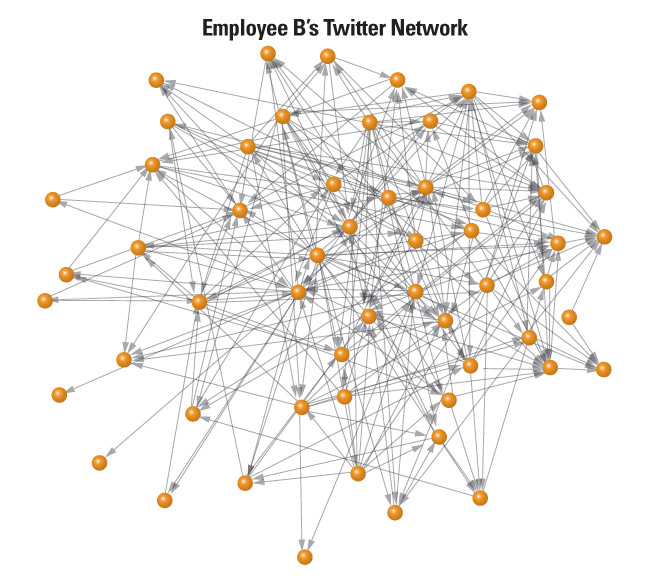A Diverse Twitter Network Can Generate Better Ideas
In a world where innovation is a driving force of the economy, companies actively look for good ideas from their employees. Through multiple studies, it has been shown that the diverseness of one’s social network is directly related to that person’s innovativeness. In today’s world, those social networks are maintained through online platforms such as Twitter. The MIT Sloan School performed a study on various employees at various companies to find the relationship between a person’s twitter network and his/her ability to generate good ideas. The results were detailed in “How Twitter Users Can Generate Better Ideas” and they agreed with . The first finding showed that employees that used Twitter submitted significantly more good ideas than non-users. This shows that networks are vital to idea generation as they provide paths for ideas and information to flow.
The second finding is that diverse networks are better for ideation. By comparing the graphs of employee A to employee B, we can deduce which employee is more innovative. Employee A is connected to more of his/her follows via local bridges than Employee B does. This means that employee B is exposed mostly to similar ideas and opinions while employee A will hear things that he/she normally wouldn’t hear about. In the article, the compactness ratio is defined as the degree of which people are connected with each other. This is similar to the clustering coefficient as both measures how connected a network is. According to the compactness ratio, the lower compact a network is, the better it is for idea generation. A highly compact network causes redundant information to be spread around and hinders a person’s innovativeness.
While reading this article, I noticed that according to the strength of weak ties theorem, employee A’s network should become more clusterred (compact) as time moves on. However, I believe that this is unlikely, because most of the ties are one way. As shown by the arrows, employee A is simply following most of the users without those users following him/her back. Due to this, we can most likely say that there is no strong tie between employee A and those users, and therefore, weak ties do not exist between most of the user that he/she follows. In comparison, B’s network has more mutual following, which means that weak ties do exist and the network will become even more compact as time goes on.
How Twitter Users Can Generate Better Ideas


